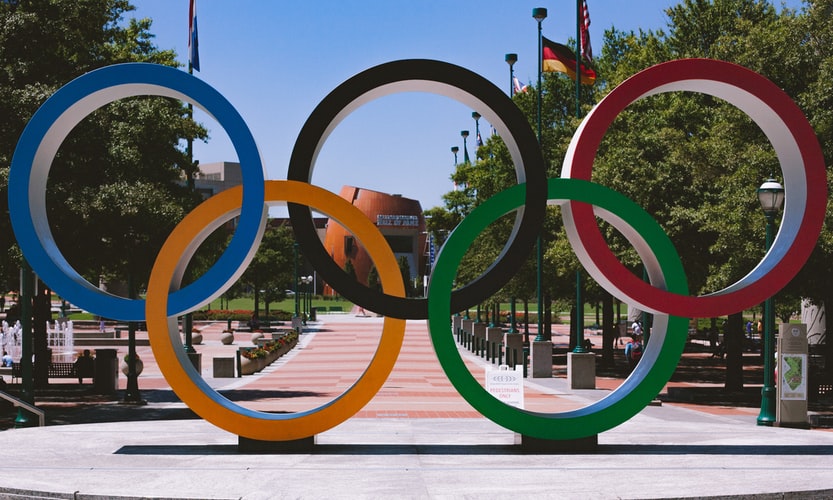Putting on the greatest show on Earth doesn’t come cheap, and data compiled by Compare.bet from Statista has shone a light on the eye-watering costs incurred by nations hosting the Olympics since the 1960s. The 12-strong list excludes the 1960, 1968 and 1988 Games, for which the budgets aren’t listed.
- The most expensive games were London 2012, 9% more expensive than Rio 2016 in second and 54% more expensive than Barcelona 1992 in third.
- London 2012 was 2486% more expensive than the cheapest games (Tokyo 1964).
- London also had the highest costs per event, 11% more than Rio in second and 59% more expensive than Moscow 1980 in third.
- London, Rio and Moscow also had the highest costs per athlete respectively.
- Beijing 2008 saw the highest number of athletes attending, with 10942 athletes participating, nearly 3% higher than Sydney 2000 in second.
- Atlanta 1996 saw the highest number of athletes per event, averaging just over 38.
With figures adjusted for inflation, the most expensive was London 2012 where the total bill came to just over $17.1 billion. The second most expensive was Rio 2016 coming in at over $15.7 billion. The third costliest was Barcelona 1992, which had the historic significance of being the first Games to take place since the end of the Cold War – it came with an $11.1 billion price tag.
Coming in fourth was Beijing 2008 which cost a chunky $7.8 billion. In fifth was the controversial Moscow 1980 Games despite having the second-lowest number of athletes of on the list. While each of the other Olympics averaged at least 31 competitors per event (Atlanta 1996 ranking the highest with 38 per event), there were only around 26 competitors per event at Moscow 1980. This is attributed to 65 countries, including the United States, boycotting in protest over the Soviet invasion of Afghanistan the year before.
As well as boasting the highest overall cost, London 2012 also had the highest cost per event ($56.8 million) and the highest cost per athlete ($1.62 million). The exact inverse was Tokyo 1964. As well as being the “cheapest” Olympics on the list at a total cost of $332.3 million, the Tokyo 1964 Games also had the lowest cost per event ($1.98 million) and the lowest cost per athlete ($62,745). Comparing these polar opposites, we can see there was a high jump of 2486% in the cost per athlete between Tokyo 1964 and London 2012.
Regionally, Europe has dominated in terms of the total cost, with London, Barcelona and Moscow in first, third and fifth places respectively (Rio and Beijing being the only non-European cities in the top third of the list, at second and fourth place). That being said, the remaining two Europe-set Games on the list – Athens 2004 and Munich 1972 – sit in the bottom third of the total cost rankings.
Focusing solely on North America (Atlanta 1996, Los Angeles 1984 and Montreal 1976), we can see the latter was the most expensive of the cohort. The first and only Summer Games to be held in Canada, Montreal 1976 racked up a bill of $6.98 billion in total, and also cost more per event and per athlete than the other North American Games.
Considering the East Asia/Oceania Games, the priciest was Beijing 2008, which had one of the most extravagant opening ceremonies ever conceived. Beijing also boasted the highest number of competitors, with its amassed armies of 10,942 athletes well over double that of Moscow 1980s. This accounts for why, despite knocking the Soviet Games down into fifth place in the total cost rankings, Beijing sits well below Moscow in the cost per athlete category.
Methodology
We sourced the data via the Ask Statista service and then adjusted the figures that were provided in the value of the US dollar in 2015 through officialdata.org’s inflation calculator.





